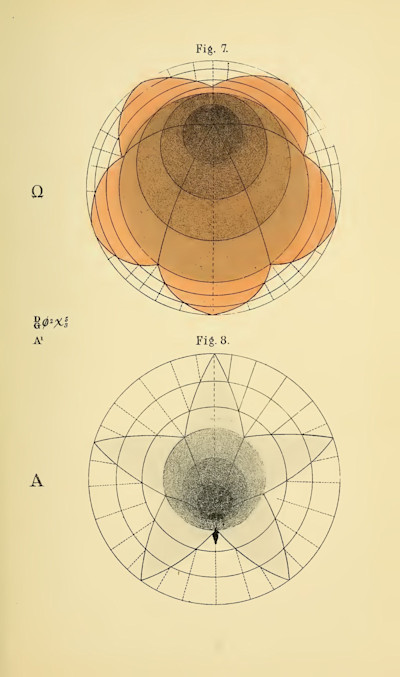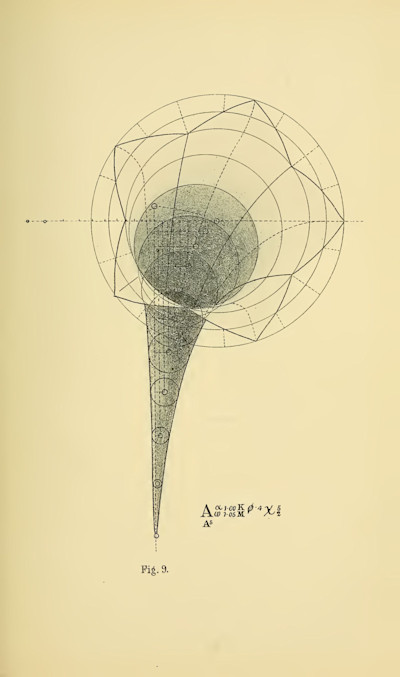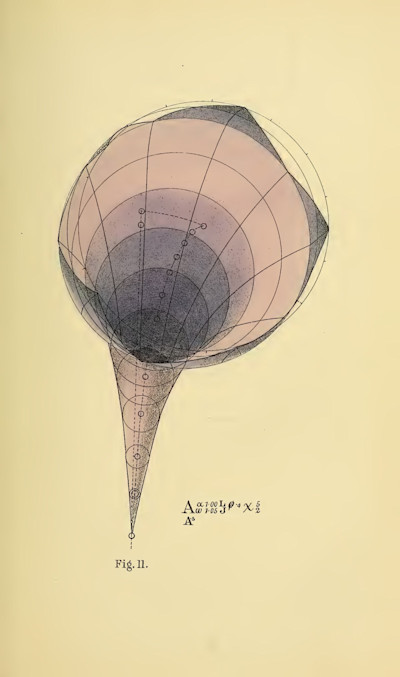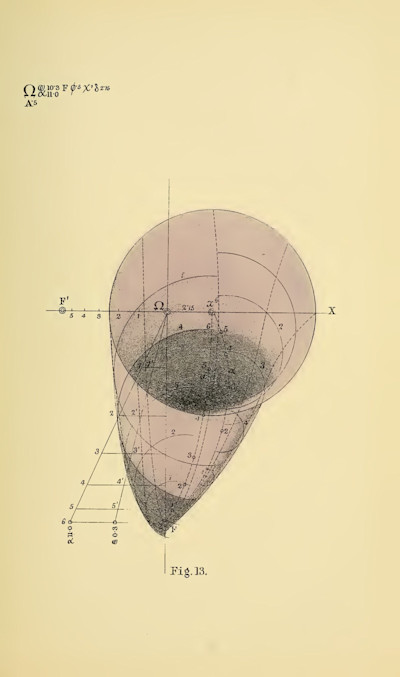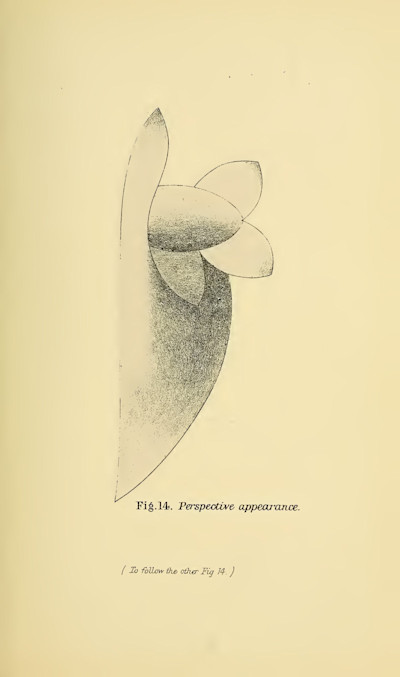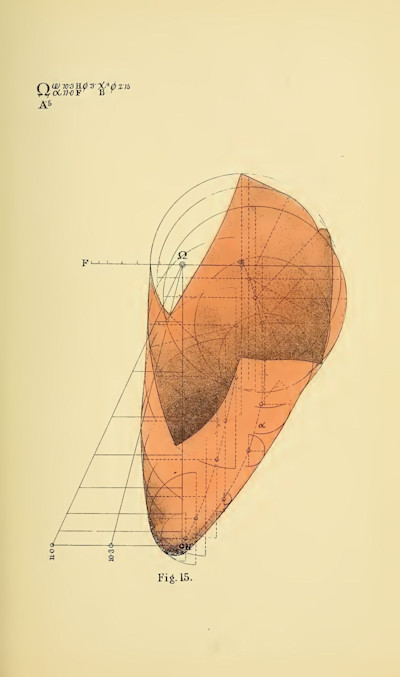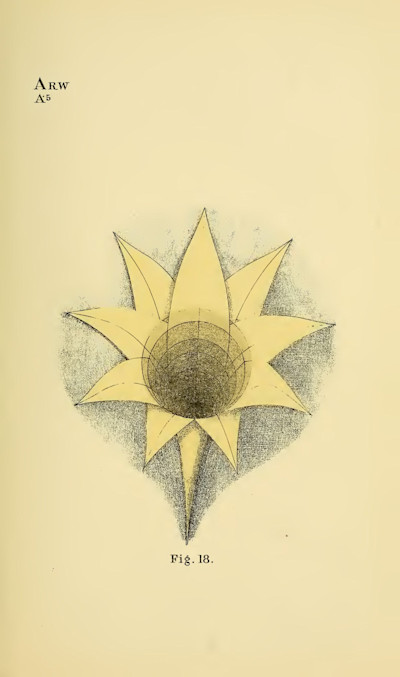Benjamin Betts
We follow alongside an architect, philosopher, psychologist, and artist as he sought to understand the elusive notion of beauty by attempting to map it onto a 3-dimensional axis.
11.7.2019

If we have to sum up the intention of design, we’re left with a description that reads something like defining the undefinable. We’re hoping to create beauty, of course, but that beauty is dictated by a larger force at the mercy of human consciousness. All that we do is subject to our viewers’ emotional response, the people who experience our spaces ultimately dictate how or if the space feels beautiful. So, we’re here on a mission to parse the formation of that very feeling of beauty; or in other words, to map beauty onto a 3-dimensional axis.
None of this is new. It has propelled artists and pioneers for as long as consciousness has allowed. Benjamin Betts (architect, philosopher, psychologist born in 1832) was someone for whom this question of mapping consciousness became a lifelong goal. He recognized that we each have an individual filter through which we synthesize all that we encounter, and that there exists a symbiotic relationship between our consciousness and the physical manifestation of the world. He posited, “...each carries its own world with it, and if there is any ground of relation between my world and your world or other worlds, that ground exists in you or me and not in the world, except only as it is a part of each independently”. Betts wanted to understand these individual truths we each carry and emotions we each feel by approaching their evolution like an indisputable mathematical equation. In his 1887 publication, “Geometrical Psychology, or, The Science of Representation”, he plotted a series of diagrams based on a complex analysis he drew of human response and evolution. As convoluted as much of this sounds, it scratches at something we question every day. Much like the spatial design we’re concerned with, Betts sought to translate the subjective into a universal objective. What resulted might not explain much of human consciousness, reasoning or emotions, but becomes something striking on its own, and we love that. The diagrams read as natural forms, and quite ironically, they’re beautiful.

